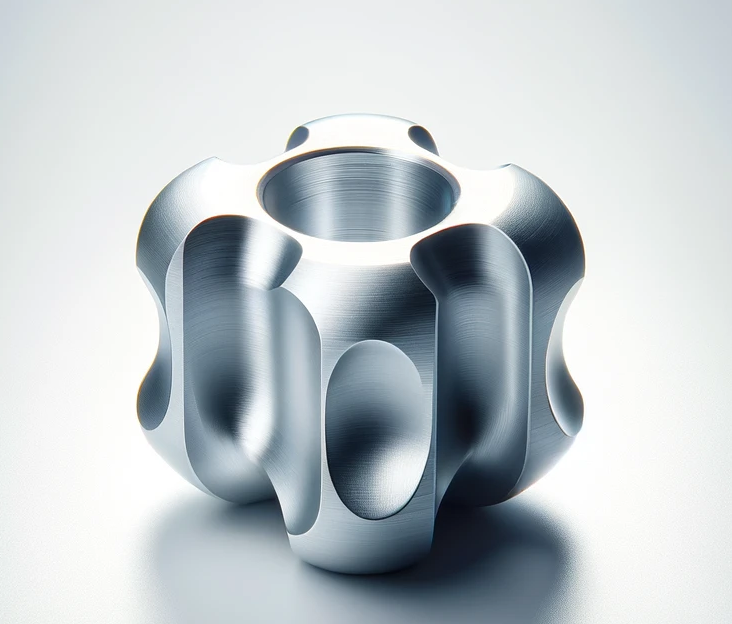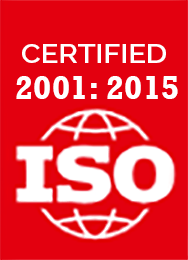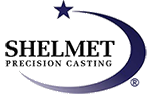Anodizing transforms aluminum parts after casting into a durable, corrosion-resistant surface by converting the metal into a hard aluminum oxide layer, significantly improving wear and corrosion resistance.
Shelmet
PO Box 95
550 County Highway GH
Wild Rose, WI 54984
Mon - Fri 7.00 - 4.00 CST OPEN

The Power of Anodizing
Anodizing is a transformative process for aluminum parts post casting. It converts the metal surface into a hard, corrosion-resistant aluminum oxide layer. This layer significantly enhances surface properties, offering wear and corrosion resistance.
Anodizing Process Specific Use Benefits
- Highly resistant to salt water
- Offers good UV & heat resistance
- Resists peeling, wear and tear and harm from chemical exposure depending on the specific anodizing process used.
- Endures abrasion making them suitable in high-traffic areas
Shelmet provides a seamless movement from design to final product with exacting precision. Particularly, we focus on technical accuracy that achieves ISO 9001:2015 standards. Shelmet emphasizes quality into every stage of your investment casting project.
Anodizing Aluminum
Precision Investment Casting
Get specific casting process answers at no charge from a Shelmet metal casting expert Help Line.
920-622-3344
A Highly Wear Resistant Protective Surface Layer
Anodizing aluminum creates a protective layer that is more than just a surface finish by enhancing the natural durability of aluminum. This treatment develops an exceptionally hard aluminum oxide making anodized aluminum castings outstanding wear-resistant metal parts.
An oxide layer isn’t a coating. It’s an integral part of the aluminum itself. Therefore, it can’t chip or peel off, ensuring a strong bond that maintains its resistance to wear and tear over time.
Why Not Other Metals Besides Aluminum
Anodizing, though a beneficial process for certain materials, does not always produce optimal results when applied to various types of industrial metal castings. Each metal has its unique properties and responses to the anodizing process.
Many metals do not react uniformly to the electrolytic passivation process that forms the oxide layer. Unanticipated results with other metals include uneven surfaces, unpredictable colorations, or a lack of sufficient protections.
Coloring Anodized Aluminum Castings with Dye
Dyeing is a common use of anodizing given the range of colors available. Anodizing opens pores on the surface of the aluminum, allowing it to absorb dyes, integrating the color into the material itself.
Coloring anodized aluminum castings is a popular process in industries where aesthetics are important, such as consumer electronics, automotive, and sports equipment manufacturing, as well as color-coding medical use parts.
While anodizing offers a wide range of colors, there are limitations:
- Certain bright colors, like true red, are challenging to achieve..
- Obtaining a consistent color can be difficult, especially across different production runs.
- Vibrant anodized colors may fade over time with UV exposure, although clear coatings can reduce this from happening.
- Anodizing does not produce a white color. For white, alternatives like powder coating need to be considered.
Anodizing is an important functional process that benefits many investment casting projects. However, coloring by anodizing is not like dying clothing or painting a fence. Ask your Shelmet metal casting expert what colors may work best for your specific needs.
Anodizing aluminum investment castings significantly boosts their resilience, visual appeal, and functional adaptability.
- Durability: Enhanced surface hardness leads to increased lifespan and resilience to tough conditions.
- Aesthetics: Anodizing allows coloring of aluminum parts to customer specifications.
- Better Adhesion: The anodized surface adheres more effectively to paints and glues.
- Corrosion Resistance: Anodized layers provide excellent rust and corrosion protection.
- Ease of Cleaning: Anodized surfaces are easy to clean, making them beneficial for numerous industries.
Anodizing aluminum investment castings transforms a regular part into something more durable and versatile. When combined with the precision of investment casting, the anodizing process results in components that are detailed, durable, and capable of enduring harsher environments.
How do I choose the right metal or alloy for my project?
Questions? Call Shelmet customer service.
(920) 622 -3344 Call Today!
We offer free alloy and process recommendations based on your project requirements, desired mechanical properties, and budget considerations. Very often we save our customers much time and casting costs.
Ask Your Shelmet Metal Casting Expert How Anodizing Can Benefit You
Endurance capabilities of an anodized investment casting depends on the specific anodizing process used, as well as the base alloy. For example, hard anodizing can create a very hard surface that is highly wear-resistant, while conventional anodizing might offer better aesthetics and corrosion resistance. Your Shelmet metal casting expert can help you know what benefit your project may or may not obtain from anodizing.
01. What is the anodizing process?
Anodizing is an electro-chemical process where the part is submerged in an electrolytic solution, and a direct current is passed through it, resulting in a durable, protective layer of aluminum oxide.
02. Can anodized metal colors be customized?
Yes, the anodizing process allows for colored dyes to be introduced, offering a limited, but useful range of options.
03. How durable is an anodized finish?
An anodized finish is highly durable, enhancing the metal’s wear and corrosion resistance, and it doesn’t chip or peel.
04. How can anodized surfaces be cleaned?
Anodized surfaces can be cleaned with mild soap and water. Harsh chemicals and abrasive materials should be avoided to prevent damage to the anodized layer.
05. How does anodizing affect the dimensions of a part?
Anodizing does increase part thickness slightly. The increase depends on the anodizing process used, typically ranging from 0.0002 to 0.001 inches for Type II anodizing and up to 0.004 inches for Type III (hardcoat) anodizing.
“We Do What We Say We Will Do.”
Customers know what to expect from Shelmet at the onset of the investment casting project and on through to delivery.



